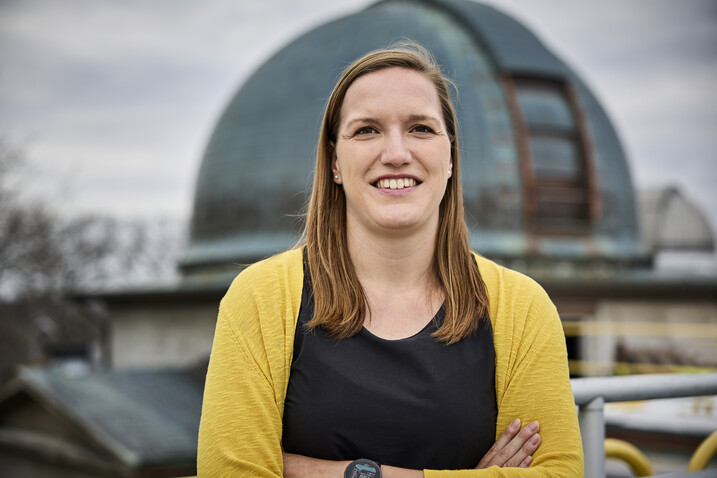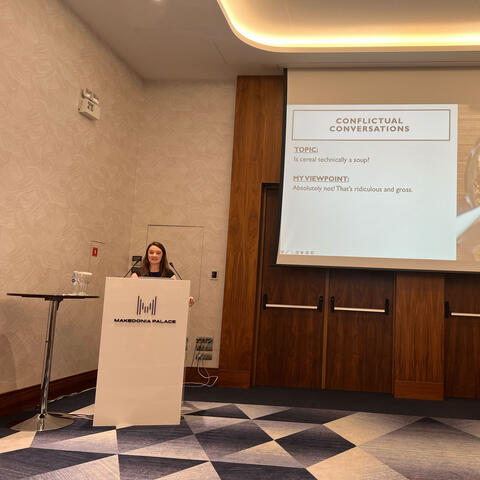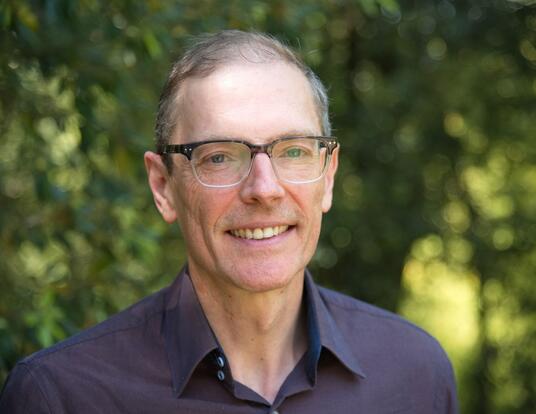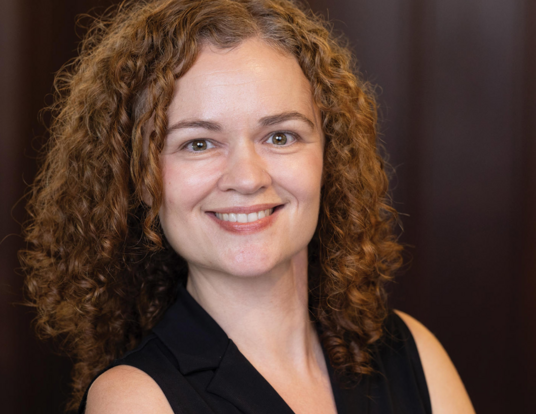Colloquy Podcast: A Cosmic Game of Battleship
Using data science to locate black holes
It’s important to understand how massive stars live and die because of their role in the formation of some of the fundamental elements of the universe. That kind of science requires the development of computer simulations that model the universe from the Big Bang to today—an unimaginably complex task that's rife with uncertainties, computationally expensive, and can take years to complete. But data scientist and astrophysicist Floor Broekgaarden, PhD '23, has developed an algorithm that speeds up these simulations dramatically, decreasing their cost as well. In this episode of Colloquy, Broekgaarden explains her work and why she has high hopes for its impact on our understanding of how the universe evolved. (Note: This talk was originally given during the Harvard Horizons Symposium in 2023.)
For me, massive stars are the dinosaurs of our universe because, similarly to how paleontologists use fossils to study dinosaurs, I use the fossils of these massive stars, black holes, to understand how massive stars once formed, lived, and died.
Now, let me unpack this for you. So compared to our sun, shown here, massive stars can be 10 to 200 times as massive. They are rare. Only one in 1,000 stars is born as a massive star. And they live fast and die young, with lifetimes 1,000 times shorter than that of our own sun. And this is why typically only one massive star will be found among a population of millions. This makes it so challenging to find and study many of them in our own Milky Way, let alone in other environments, such as more distant galaxies.
Little is known about these massive stars. But one thing we do know is that they play a pivotal role in shaping our universe through all these processes.
They produce all the oxygen that we breathe here today. There's something else that's absolutely fascinating about these massive stars. And that is that they're often formed in pairs, a binary.
And the life of a star in a pair can be drastically different from that of a single star. They can interact, exchange mass. And these massive stars, when they end their lives, they go supernova in these bright explosions and form black holes.
Now, if these stars can survive all these phases and stay together, they can form a black hole pair, here shown with marbles. And these black hole pairs can spiral in over billions and billions of years until they eventually collide into a slightly more massive black hole.

In 2015, for the first time, scientists observed such a collision between two black holes. And this raised the opportunity to ask the question, can we use these black hole collisions to study how stars formed, lived, and died in the past? As an astronomer, I am working on the tools and framework to make this happen and to open up a new frontier that we call gravitational wave paleontology.
So what are gravitational waves? And how do we detect these black hole collisions?
Well, all around us in the vast universe, there are these pairs of black holes that occasionally collide, during which they unleash these bursts of gravitational waves that can travel through space for millions of years until they reach us here on Earth, where they squeeze and stretch the Earth itself, here vastly exaggerated. But these small wiggles can be picked up by laser interferometers here on Earth, where they will find a signal that looks something like this for the first black hole. And this signal is called a chirp because if you were to listen to it, it would sound something like woo-oop. And from these chirps or signals, scientists can infer the properties of the black holes, such as their masses, that we hope to then use to probe the physics of black holes and the stars that once upon a time formed them.
Now, something cool is that these pairs of stars only take just a few million years to form the pair of black holes. But once you have a pair of black holes, it can take billions and billions and billions and billions of years before they actually collide. And so the gravitational waves that we see today, even locally, they actually probe these stars and how these stars live to very deep into the universe, possibly as far away as to the edge of our observable universe.
However, these stars, these gravitation waves themselves don't directly tell us about the properties of the stars. So in practice, we need to forward model how these stars evolve and form gravitational wave sources, compared to how maybe we don't directly see feathers in a fossil of a dinosaur, but we can think about how feathers leave behind imprints on the fossils we see today.
And so together with my collaborators, we developed the tools to model the evolution of these stars. And in practice, this looks something like a factory, like this, that takes in hypothetical pairs of stars with, for instance, different masses and can calculate their physics and how they evolve and whether they form such a gravitational wave source, a black hole collision.
Now, there's a challenge, however, because these simulations become extremely computationally expensive because pairs of stars only rarely form a gravitational wave source. In most cases, they disrupt as a pair when the supernova goes off. And so in practice, I'm looking for that one-in-a-million stellar pair of stars that can stay together forever and collide as black holes.
I tackle this challenge by combining data science with astrophysics and developing a new machine-learning technique that can speed up these simulations and more efficiently find these gravitational wave sources. And this machine-learning tool actually is very similar to playing a game of Battleship.
So in this game, you try to find the locations of your opponent's ships. And, in principle, you could do this completely randomly. But I bet that most of you actually use this tactic on the right. Or maybe in the beginning, you guess randomly. But then once you find a hit, you explore around it and refine.
My algorithm does something very similar, but in this case, it does it applied to these simulations of massive stars. And so now we're actually looking for the properties of stars, the locations in, for instance, the parameter space of masses, such as stars, pairs of stars, form a gravitational wave source, a hit.
But there are many, many more challenges. For example, we're not just dealing with two dimensions, but actually with many, many dimensions because these stars can have many different properties, such as separations and eccentricity. But by using these tools, I manage to make these simulations 100 times faster, which means that now a simulation, instead of taking an entire year, it just takes a few days, a huge win. And so with these tools in hand, we can now start to model the evolution of these massive stars and how they form gravitational wave sources. And the timing couldn't have been better because in 2015, we detected the first three collisions between black holes. But this has already rapidly grown to now a total of 100 of these collisions that we have observed.
But most excitingly, in the next decade, we're going to grow this to millions of detections per year with new and updated detectors. And I'm excited that with my research, we can use these detections to study how stars formed, lived, and died in the past and, ultimately, to help address some of the biggest open questions in astronomy today, how did the very first stars live? How are these gravitational wave sources formed? And how was our universe enriched with elements, such as oxygen and gold, produced by these massive stars and their collisions? We have already learned so much. And we have just started. I'm excited to see what's next.
The Colloquy podcast is a conversation with scholars and thinkers from Harvard's PhD community on some of the most pressing challenges of our time—from global health to climate change, growth and development, the future of AI, and many others.
About the Show
Produced by GSAS Communications in collaboration with Harvard's Media Production Center, the Colloquy podcast continues and adds to the conversations found in Colloquy magazine. New episodes drop each month during the fall and spring terms.
Talk to Us
Have a comment or suggestion for a future episode of Colloquy? Drop us a line at gsaspod@fas.harvard.edu. And if you enjoy the program, please be sure to rate it on your preferred podcast platform so that others may find it as well.
Get the Latest Updates
Join Our Newsletter
Subscribe to Colloquy Podcast
Simplecast





